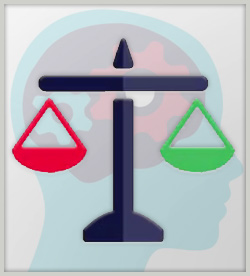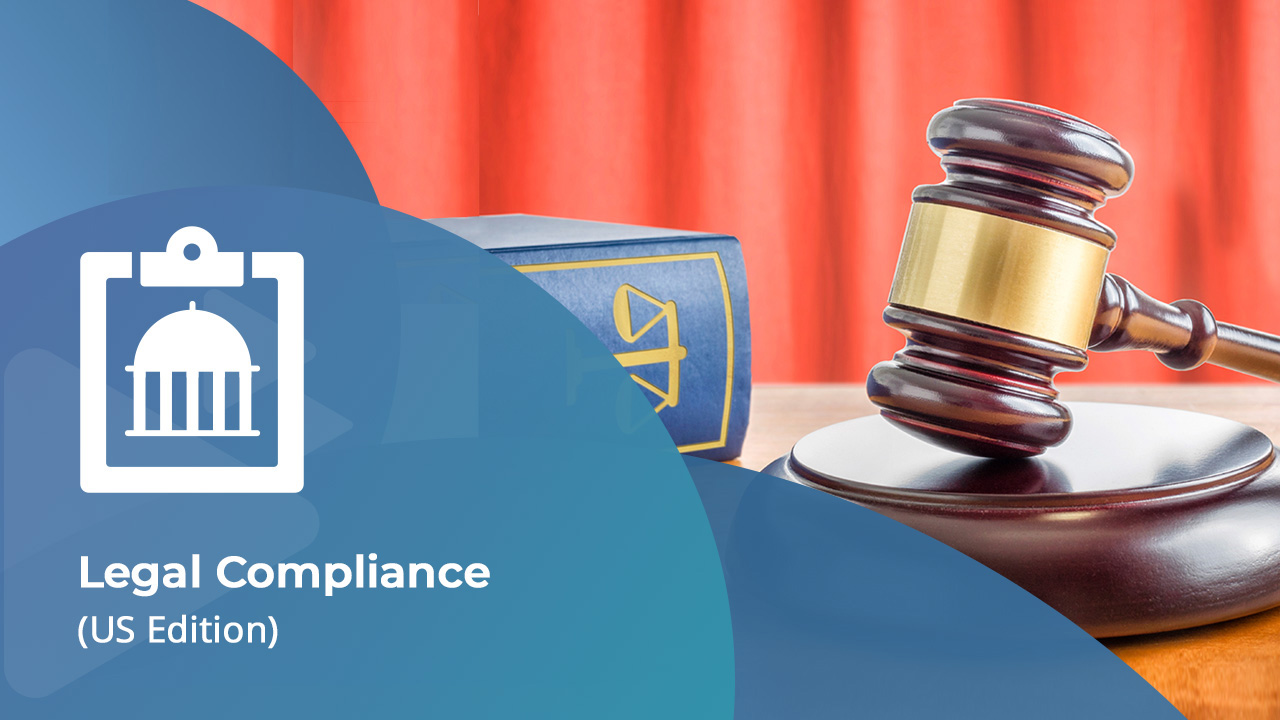Intellectual Property Overview
- 10 topics | 1h 4m 1s
- Up to 30 languages
- Transcripts
Employees are often confronted with the responsibility of protecting a company's intellectual property rights while still communicating the company's identity or ideas to internal and external customers. How do employees perform this function effectively? This course explains the basic types of intellectual property, the legal protections in place, and the potential consequences of violating intellectual property laws.This course was developed with subject matter support provided by the Intellectual Property Law Group of the law firm of Sheehan Phinney Bass & Green PA. Please note, however, that the course materials and content are for informational purposes only and do not constitute legal advice. Nothing herein, or in the course materials, shall be construed as professional advice as to any particular situation or constitute a legal opinion with respect to compliance with any federal, state, or local laws. Transmission of the information is not intended to create, and receipt does not constitute, an attorney-client relationship. Readers should not act upon this information without seeking professional counsel. The information contained herein is provided only as general information that may or may not reflect the most current legal developments. This information is not provided in the course of an attorney-client relationship and is not intended to constitute legal advice or to substitute for obtaining legal advice from an attorney licensed in your state.
WHAT YOU WILL LEARN
-
identify examples of the different types of intellectual property
-
determine the appropriate intellectual property law that applies in a given scenario
-
recognize the benefits of copyright registration
-
recognize examples of creative works that qualify for copyright protection
-
recognize what qualifies for copyright protection
-
identify the rights granted to a copyright owner by the US Copyright Act of 1976
-
determine how the criteria for receiving protection under copyright law apply in a given scenario
-
recognize examples of copyright infringement
-
recognize examples of online copyright infringement
-
recognize examples of fair use of copyrighted material
-
recognize the rights and criteria for receiving protection under copyright law and potential copyright violations
-
recognize the types of patents inventors can apply for
-
distinguish between direct and indirect patent infringement
-
match the different types of trademarks with their descriptions
-
recognize how to establish trademark rights
-
recognize how to protect a company's intellectual property rights
IN THIS COURSE
-
Intellectual Property Overview2m
-
What Is Intellectual Property?7m
-
Copyright Overview7m
-
Knowledge Check: General Copyright Awareness6m
-
Copyright Law4m
-
Avoiding Copyright Infringement6m
-
Knowledge Check: Copyright Protection Under the Law6m
-
Patents Overview6m
-
Trademarks Overview10m
-
Knowledge Check: Protecting Intellectual Property4m
YOU MIGHT ALSO LIKE
COMPLIANCE-COURSE
Promoting Respect in the Workplace for Managers
COMPLIANCE-COURSE
Overcoming Your Own Unconscious Biases
COMPLIANCE-COURSE
COMPLIANCE IMPACT: Political Activities – Keep It Personal


